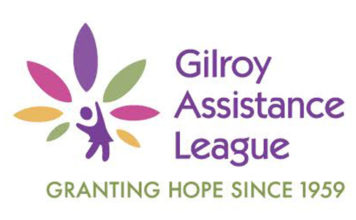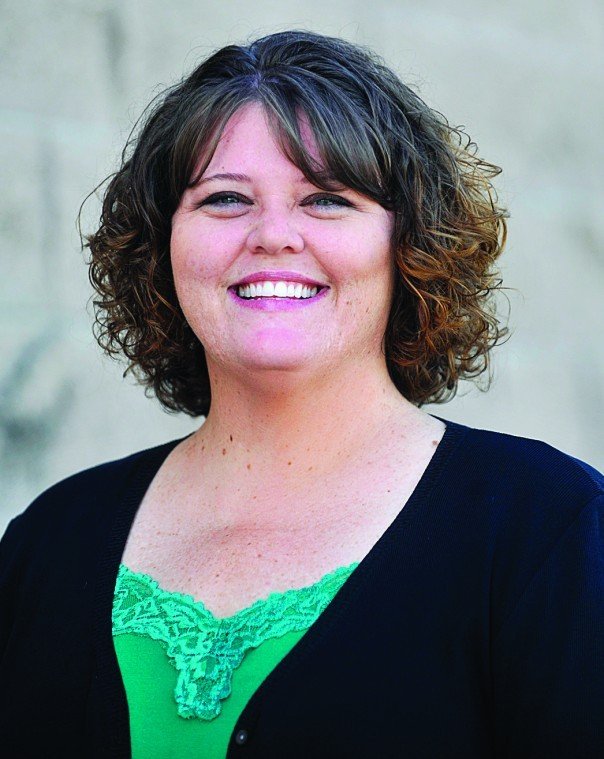Each year, more than 1 million Americans develop skin cancer,
the most prevalent of all cancers, according to the American
Academy of Dermatology.
Each year, more than 1 million Americans develop skin cancer, the most prevalent of all cancers, according to the American Academy of Dermatology. Sun exposure plays a major role in developing the disease, but it’s not a reason to sit inside all day with the curtains closed. It just means you should protect yourself by covering up and wearing sunscreen outside.
Sunlight, while full of beneficial vitamin D, also carries two types of ultraviolet radiation – UVA and UVB wavelengths, said Dr. Leon Lubianker, a dermatologist with private practices in Gilroy, Hollister and San Jose.
UVA radiation is longer in wavelength and causes people to tan. These rays cannot burn a person, but they can damage skin over time by breaking down collagen supplies, leading to premature aging of the exposed skin, said Lubianker. The other rays emitted by the sun are called UVB rays. Shorter in wavelength, they are responsible for causing sunburns, he said.
While any overexposure to the sun, including tanning, can cause skin cancer, overexposure to the point of burning or blistering is most likely to cause the disease, according to the AAD. And parents should be especially concerned about sun protection, because burns have a cumulative effect, said Dr. Pamela Stuart, a dermatologist in Morgan Hill. Skin type plays a role, too, said Lubianker.
“The better you can tan, the better off you are,” said Lubianker. “It’s fair people who have the worst problems – Scots, Irish, people with red hair and blondes. Eighty percent of skin cancer is found in fair-skinned people even though they only make up 20 percent of the population.”
An established tan can help to prevent burning, but it’s better to cover up, according to dermatologists. The AAD recommends wearing wide-brimmed hats and light-colored, tightly woven clothing. Nylon and polyester clothes block sun best, but tightly woven cotton blends are more comfortable in warm climates, according to www.SkinCarePhysicians.com, a Web site funded by the AAD. It’s also a good idea to seek shade between 10am and 4pm when UV rays are at their most intense, according to the AAD patient education pamphlet, “Skin Cancer.”
For those who must be out, sunscreen is a must even if they’re not going to the beach or spending the entire day outside, according to the AAD. Stuart recommended applying sunscreen with a sun protection factor of 25 or higher to the face and hands, areas that are often exposed to the sun during everyday activities.
“We don’t recommend that women rely on their makeup for protection,” Stuart said.
Instead of using SPF-containing moisturizers or foundations, Stuart recommends patients chose a sunscreen to protect their faces; several brands make sunscreen specifically for faces.
Sunscreen works in two ways: It provides both a physical and chemical barrier between a person’s skin and the sun. Many sunscreens list zinc or other metals as an ingredient, which physically prevents the sun from damaging skin. Other ingredients, such as PARA, absorb UVB radiation, creating a chemical block. The higher an SPF, the more sun it blocks from the skin, but it’s not perfect, said Lubianker.
“Sunscreen is OK, but don’t rely on it on its own,” said Lubianker. “You have to reapply it a lot more frequently than people think – every one or two hours, no matter what is says on the bottle.”
Sun protection is especially important in reflective areas, such as near water or snow. When skiing or swimming, the body absorbs rays directly from the sun and reflected rays, increasing sun exposure, said Stuart. High altitude and proximity to the equator can also leave patients vulnerable because the amount of sun exposure increases in such areas, added Lubianker.
When applying sunscreen, pay close attention to the chest and back where sunburn and skin cancer are among the most common, said Stuart. Other areas that are often forgotten when applying sunscreen include the tips of the ears, the upper lip and around the eyes. The upper lip and around the eyes are areas are prone to perspiration, and it’s easy to wipe sunscreen away, then forget to reapply.
If you notice any skin changes, especially any changes in moles, do not hesitate to contact a dermatologist, said Lubianker.
“The best prognosis comes from early detection,” said Lubianker. “Any mole that itches, bleeds, gets darker, any new mole that pops up, call.”
And remember, there’s no such thing as a safe suntan, said Stuart, but that doesn’t mean you have to spend all summer pasty white.
“If you’re really concerned, then the safest (tans) are probably the ones you apply yourself,” said Stuart, who noted that bottled tanning lotions are approved by the Food and Drug Administration.












